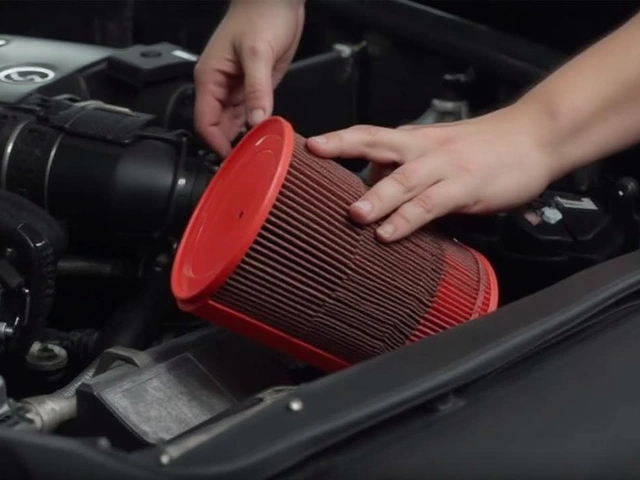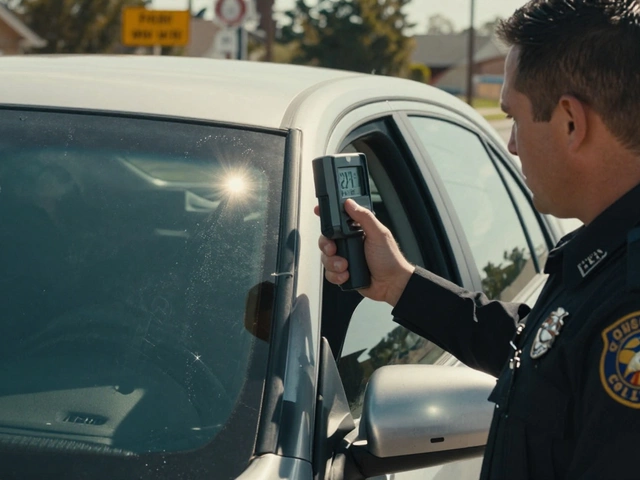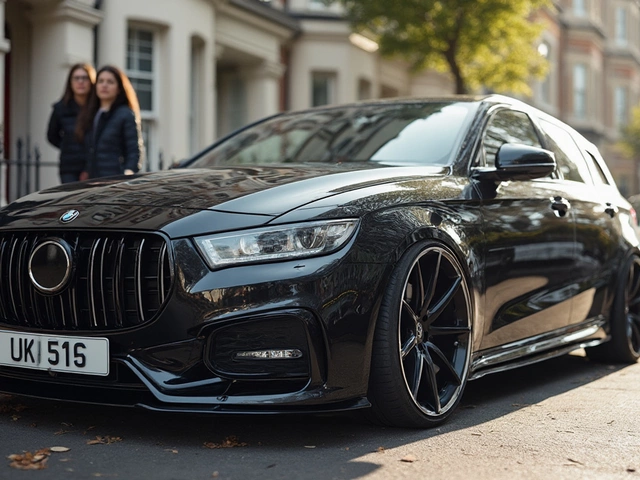Picture this: you’re pulling onto the motorway, foot pressing just that little bit harder, and you get a throaty, satisfying growl from your MagnaFlow exhaust. Heads turn. You’re stoked. But there’s a tiny voice in your head—the one that’s not pumped full of 98 octane—wondering if you’re just begging for a yellow defect notice. Is a MagnaFlow exhaust actually legal here in Australia, or is that purr a one-way trip to a busted wallet and a court date?
What Actually Is a MagnaFlow Exhaust?
So what even is a MagnaFlow exhaust? These systems have become famous for their deep sound, stainless steel construction, and ability to squeeze a bit more power from almost any car. Born in the States, MagnaFlow became a household name thanks to their performance focus and that signature, not-too-loud, not-too-quiet note. They're on everything: utes, muscle cars, hatchbacks—even some family wagons owned by parents reliving their youth at the lights.
The tech is more than just noise. MagnaFlow uses straight-through, perforated-tube designs wrapped in acoustic packing material inside high-grade steel cases. This combo helps reduce backpressure in your exhaust system, which can—if your engine’s up for it—boost horsepower and throttle response. There’s less restriction compared to many factory mufflers, and that’s partly why drivers love these things.
But let’s zero in on Australia, because US exhaust systems and Aussie road rules don’t always play nice together. MagnaFlow does offer setups designed for our cars, but whether it's cat-backs, axle-backs, or just the muffler, very few are delivered 'off the shelf' with an ADR (Australian Design Rules) compliance mark. That label means tested and legit for Australia’s unique legal environment, not just a promise from some bloke at the parts shop.
The big selling points are durability (they’re famous for lasting), reliability (they won’t fall apart on a bumpy dirt track), and sound (that distinctive hum, never shrill or raspy). Though, there’s a catch—none of that matters if your setup gets you in trouble with the law. It doesn’t matter if a MagnaFlow survives a cyclone if it can’t survive a roadside inspection on Gympie Road.
The Legality Maze: Federal, State, and Road Rules
If you’re in Brisbane—or anywhere else in Australia—exhaust standards are strictly enforced, and there’s a web of rules: Australian Design Rules (ADRs), Queensland-specific legislation, and then the interpretations of whichever copper pulls you over. Confusing? Absolutely. Here’s the breakdown that cuts through the red tape.
The main headache is noise. Pretty much every state in Australia sets hard limits for exhaust noise on the decibel scale. In Queensland, for a regular car registered after January 1, 1983, your exhaust noise at half-revs (typically measured at 75% of maximum engine speed) cannot exceed 90 decibels (dB(A)). Some states give you 95 dB(A). These are not wild numbers—a chainsaw is about 110 dB(A)—but most factory cars run at 82-86 dB(A), so you don’t have much wiggle room.
This is where MagnaFlow might trip you up. Many enthusiast setups, especially cat-back or straight-through replacements, easily flirt with or blow past the 90 dB(A) noise limit. Even if the box says 'legal in the US,' or the internet swears it's fine, the meter says otherwise. If you’re unlucky, the cop will have you tested on the spot. Fail that, and it's a trip to an inspection station, possibly a fine, and maybe even a repair direction (where, basically, you lose your car until it’s fixed).
Emissions are another thorny issue. If your MagnaFlow system deletes or changes the catalytic converter, you’re instantly illegal. Australian Design Rules require road-going cars to keep stock or better emissions equipment, so unless you’re track-only or driving a pre-1976 dinosaur, you must have an untouched, ADR-approved cat in place. Foundations for these laws are both environmental and public health reasons—so even the flashiest exhaust system can’t bypass them legally.
Hell, even the tip of your MagnaFlow can get you pinged. If it protrudes past the bodywork, or if it’s sharper than your average butter knife, that’s a fail. Some folks have been fined after installing an otherwise “legal” MagnaFlow that sticks out a tad too far—no joke. Worth checking at home with a ruler before you hit the road.
Add a layer of confusion: many exhaust shops install MagnaFlows but make no promises about legality. Their attitude? “Just keep it quiet, mate, and you’re sweet.” Don’t fall for that. If police pull you in for a roadside inspection, “but the shop said it was fine” never holds up. Legal responsibility is always on the driver, and yes, there are thousands of car lovers who have learned this the hard way.
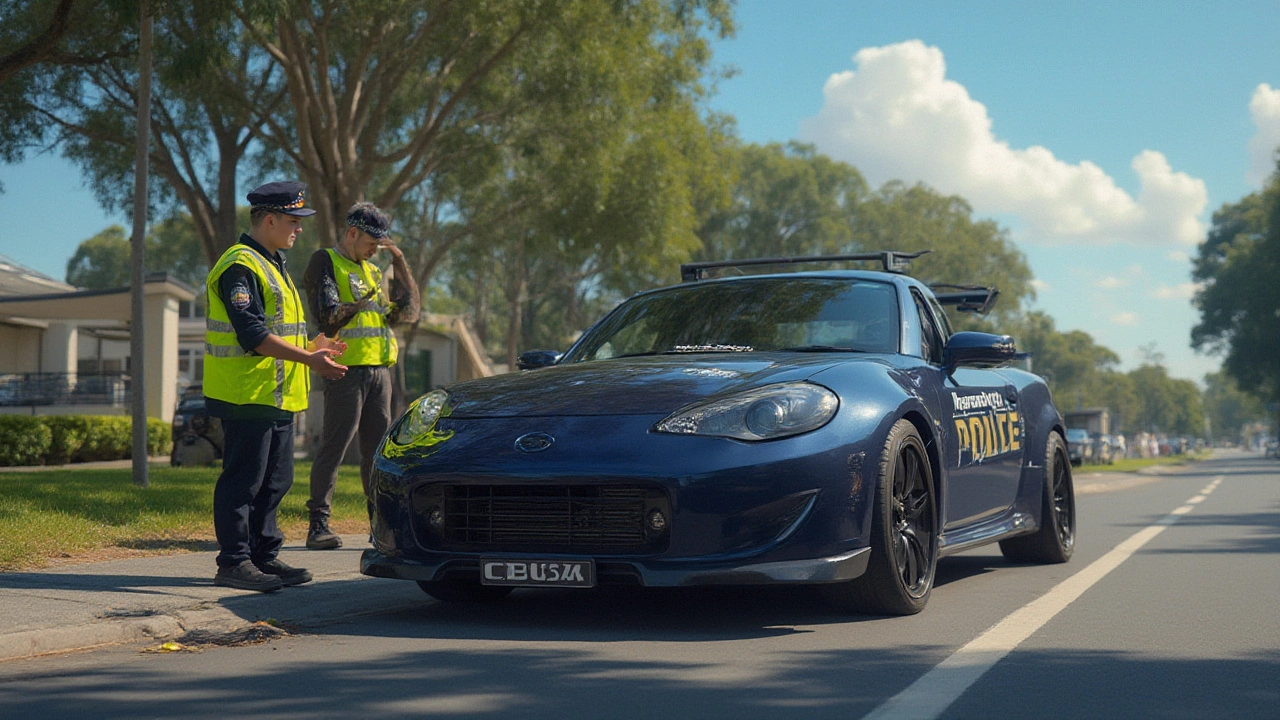
Are Any MagnaFlow Exhausts Actually Legal?
Short answer: sometimes. Long answer: depends on the exact model, how it’s installed, and whether the setup is tuned for the car and state it’s registered in.
First up, MagnaFlow does make some exhaust parts and kits that are marketed as 'OE Replacement.' These are most likely to pass muster with regulations because they are quieter, keep the standard emissions system, and seem (from the outside) pretty close to the stock exhaust. In practice, though, most Aussie car mods are a patchwork—shop-bought system, custom weld work, different tips, sometimes a muffler delete. This kind of mix-and-match nearly always drifts from “factory spec,” which throws up red flags.
If a MagnaFlow system or part is explicitly stated as compliant with Australian Design Rules (ADR)—and it comes with papers or a label to prove it—you’re in much better shape. Some officially imported kits, especially for popular cars like Ford Rangers, Hiluxes, or Commodores, might have this certification. It’ll cost more, but it could save you a heap in fines and hassle later.
The issue is that most of the time, MagnaFlow exhausts are imported from the US (where rules are looser) or purchased online with minimal local documentation. Even if the system is top quality, it usually won’t brandish the certification our authorities want to see. If you’re thinking of a replacement muffler and keeping everything else bone stock, you’re probably safe. As soon as you cut out a resonator, fit a loud tip, or mess with your cat, you’re running a risk. The louder or more custom your car, the more likely you’ll need a full emissions test and a noise compliance check if you get stopped.
Some shops in Brisbane and Sydney have started partnering with engineers who can certify modified cars. If you’re dead-set on something wild, getting “engineered” might make your setup fully legal—but beware, this usually applies more to big builds or high-value projects than a quick bolt-on install.
A clever trick: have your system fitted with a removable silencer or “db killer” insert. Some MagnaFlow back boxes support this, and it lets you tame the volume just enough to pass a roadside test. Not a permanent fix, but it eases the stress of law enforcement scrutiny.
What to Watch Out For: Common Mistakes and Important Tips
Plenty of drivers have learned the hard way that fitting a MagnaFlow exhaust isn’t always a plug-and-play experience. Top mistake number one is assuming “if the big brands sell it, it must be legal.” That’s simply not true, especially when parts are imported, or the supplier is overseas-based. Local laws win every time, and if your car doesn’t meet them, even a badge that says “legal in California” won’t save you.
Second, don’t trust TikTok or YouTube videos for local exhaust law info. What passes on Sydney streets will get you stickered in Brisbane. QLD police are notorious for actively checking aftermarket exhausts on popular cruise routes, especially around South Bank, the Gold Coast, and Mt Coot-tha. Weekend blitzes target obvious mods, and many owners admit they dodged fines because they kept stock mufflers for inspection days.
Third, always check the fine print of your MagnaFlow purchase. Is the kit listed for your car’s manufacturing year? Does it clearly mention ADR compliance or give decibel ratings? If the answer is vague or “imported, not certified,” step back. Unless you’re ready to gamble with your rego, bet on certainty, not hope.
Wildest pitfall? Not telling your insurance company. If you change your car’s exhaust (and especially if it ain’t legal), you could void your coverage, even on unrelated claims. Claims adjusters aren’t car mod fans: if they sniff an illegal system, you might get nothing for theft, collisions, or fire. That’s a rough way to find out your $900 MagnaFlow has actually cost you thousands in protection.
If you’re rolling through the installation yourself, double-check fitment and keep every receipt and packaging label, especially if it references “complies with ADR exhaust noise test.” Take a smartphone video with a noise meter app near the tailpipe at half revs. It’s not foolproof, but it’s good to have as proof you made an effort to comply if things go pear-shaped down the road.
Maybe the best tip? Talk to a local performance shop known for legal builds. They’ll know which MagnaFlow options are police-tested, legal for your model, and won’t land you in hot water. Try seeking out drivers of your vehicle in local forums or Facebook groups—they’ll tell you which mods slide under the radar and which got them pinged.
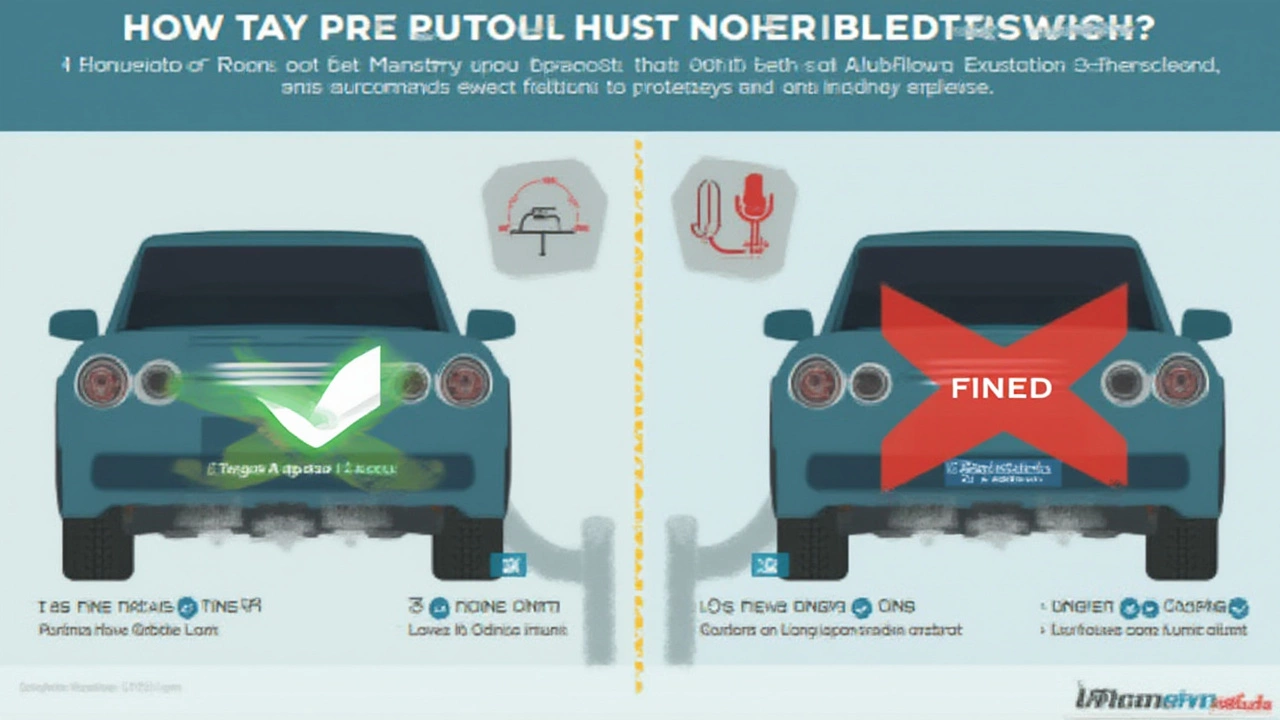
The Bottom Line: Keep It Legal, Keep It Fun
So, is a MagnaFlow exhaust illegal? The honest answer is: not by brand, but by how and what you install. Plenty of Aussie rides run MagnaFlows without issue because the setup is quiet enough, emissions-compliant, and fits within the law. But those who go too loud, chop out the cat, or ignore the rules are setting themselves up for fines, yellow stickers, even a failed rego.
Stick to “OE replacement” MagnaFlows if you want peace of mind. Check for ADR compliance before you buy. If you’re chasing big sound, either budget for engineering certification or be ready to swap your exhaust for rego inspections—or worse, after a defect notice. Stay on good terms with your insurance company and never assume “if it fits, it’s legal.”
Australia’s car scene loves a good exhaust note, but you’ve got to balance fun with law. Stay smart, ask the right questions, and your commute can include both a killer soundtrack and zero stress about police blitzes.


